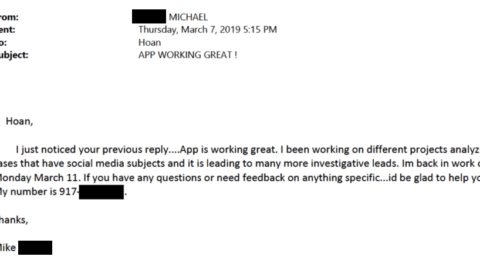Finding a way to unify this disparate data is essential. In doing so, organizations must balance the explosive growth of enterprise data; the need for an on-premises, cloud-like consumption model to mitigate cyberattack risks; and continual pressure to cut costs and improve performance.
Sinclair summarizes: “What you want is something that can sit on top of this distributed data ecosystem and present something that is intuitive and consistent that I can use to leverage the data in the most impactful way, the most beneficial way to my business.”
For many, the solution is an overarching software-defined, virtualized data platform that delivers a common data plane and control plane across hybrid cloud environments. Ian Clatworthy, head of data platform product marketing at Hitachi Vantara, describes a data platform as “an integrated set of technologies that meets an organization’s data needs, enabling storage and delivery of data, the governance of data, and the security of data for a business.”
Gartner projects that these consolidated data storage platforms will constitute 70% of file and object storage by 2028, doubling from 35% in 2023. The research firm underscores that “Infrastructure and operations leaders must prioritize storage platforms to stay ahead of business demands.”

A transitional moment for enterprise data
Historically, organizations have stored their various types of data—file, block, object—in separate silos. Why change now? Because two main drivers are rendering traditional data storage schemes inadequate for today’s business needs: digital transformation and AI.
As digital transformation initiatives accelerate, organizations are discovering that having distinct storage solutions for each workload is inadequate for their escalating data volumes and changing business landscapes. The complexity of the modern data estate hinders many efforts toward change.
Clatworthy says that when organizations move to hybrid cloud environments, they may find, for example, that they have mainframe or data center data stored in one silo, block storage running on an appliance, apps running file storage, another silo for public cloud, and a separate VMware stack. The result is increased complexity and
cost in their IT infrastructure, as well as reduced flexibility and efficiency.
Then, Clatworthy adds, “When we get to the world of generative AI that’s bubbling around the edges, and we’re going to have this mass explosion of data, we need to simplify how that data is managed so that applications can consume it. That’s where a platform comes in.”

This content was produced by Insights, the custom content arm of MIT Technology Review. It was not written by MIT Technology Review’s editorial staff.







Recent Comments